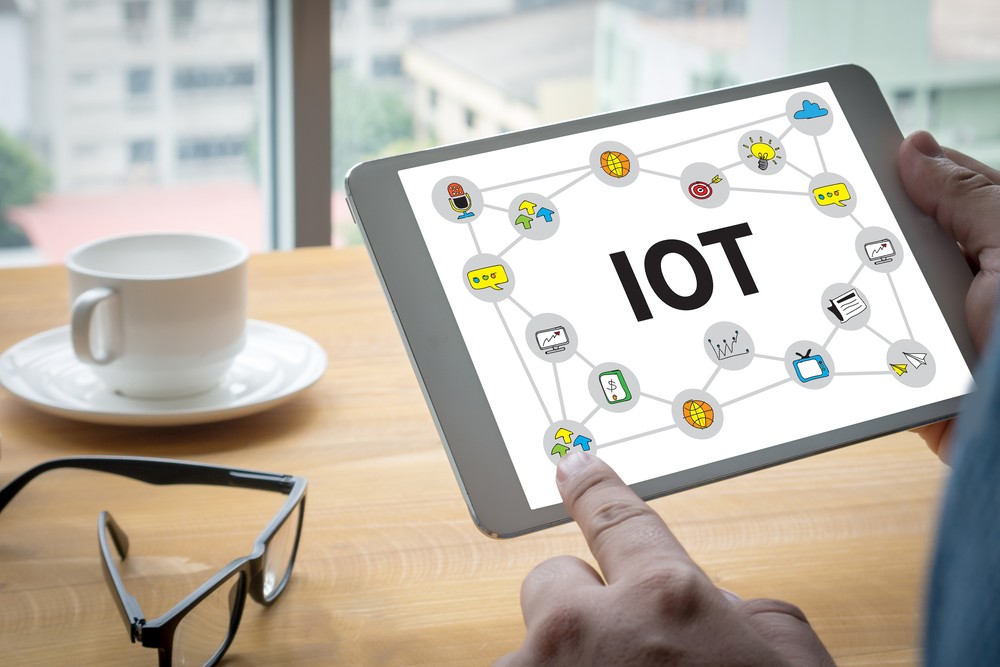For years, IoT and mobility have been improving business and industry operations by automating tasks, making remote work safer and ensuring devices can be managed remotely. As the COVID-19 pandemic hit, this technology became a lifeline to industries such as retail, healthcare, transportation and logistics (T&L), and field services, helping to maintain social distancing, keeping people safe and, at the same time, improving their operations.
The pace of change is continuing to accelerate. In retail, innovative mobile technology no longer just improves in-store experiences by ensuring they are fast, convenient and secure. Now, as we move to a post pandemic way of shopping, technology such as digital signage and kiosks, IoT-enabled stores and mobile POS (mPOS) systems are improving consumer safety by reducing the need to touch things in store.
For the remote healthcare industry – which is already anticipating greater technology implications from the eventual 5G rollout – Virtual Reality (VR) and Augmented Reality (AR) headsets are being used for everything from remote consultations with specialists to prescribing and guiding patients through therapeutic exercises and treatments for chronic conditions.
However, with COVID-19 sparking a level of technological change often only seen during and after wartime, there is a risk that many of these devices have not been implemented properly and are not being managed correctly. Industries that have responded quickly and have adopted short-term solutions to social distancing measures, need to consider a fully integrated mobile-first strategy to ensure their business is cybersecure.
By scaling a technology fast, businesses may not have considered a fully integrated suite of business mobility solutions to keep workers working safely and manage all their mobile devices and IoT endpoints. To help ensure your mobile devices are correctly managed and protected, here are five key considerations to ensure your IoT rollout is managed effectively.
1. Security
Lost or stolen devices are expensive. Not just because of their replacement cost, but also the associated downtime and recovery time. Because of their scale and remoteness, unsecured IoT endpoints are also an attractive target for cybercriminals. Mobile malware can open backdoors into your network, root/jailbreak your devices, or hold your data and infrastructure for ransom. Whether it is intentional or accidental, data loss can be damaging to a company's brand and its balance sheet. It is important you can lockdown mobile devices, apps and content to prevent unauthorized access to company systems and data, while maintaining regulatory compliance such as General Data Protection Regulation (GDPR), Health Insurance Portability and Accountability Act (HIPAA), and Payment Card Industry (PCI).
2. Integration
It’s important that all mobile and IoT devices, operating systems (OS) and usages such as: Bring Your Own Device (BYOD), Corporately Owned, Business Only (COBO) and Corporately Owned, Personally Enabled (COPE) are integrated into a common enterprise IT infrastructure. By effectively managing and gaining visibility into the diverse and numerous IoT-enabled devices throughout their operations, organisations can gain a holistic view of their entire IoT device estate, while reducing the total cost of ownership (TCO) of those devices.
3. Personalisation
There’s no one-size-fits-all approach to a mobility management solution. Every industry and every organisation will have different business-critical mobility requirements. It is important that your mobility management systems help to transform your outdated processes, manage the full lifecycle of your mobile and IoT devices, diagnose and troubleshoot device issues in real-time, and resolve problems in minutes.
4. Deployment
Now more than ever, it is important to get new devices up and running as quickly as possible. But it’s not only devices to consider, new apps and updates also need to be deployed to multiple devices at the same time, sometimes in challenging environments, to ensure you are acting within the compliance regulations of your industry. It’s vital that your organisation has a way to securely manage any device or endpoint with any form factor and any operating system throughout their entire lifecycle; from deployment to retirement.
5. Tracking of Assets
As your workers move, your mobile devices move. Visibility across the business is key so that everyone knows where assets are and what they are doing. By making sure that all devices can be monitored and remotely disabled if required, it will ensure you can improve your operations and your services too.
Location services also mean all field workers are accounted for and that any safety risks at particular locations can be communicated and monitored. GPS tracking can guide workers in the field on the best route to take when travelling and warn them about any traffic issues, and also allow the organization to monitor if one of their workers are involved in any traffic incidents.
By ensuring all devices are correctly integrated, managed and secured via one platform, organisations can reap the full benefits that IoT can bring, from enabling mass social distancing, to building a brighter, more technology-focused future. With the right foundations, deploying and managing devices can be quick and easy, but done in isolation it can expose organisations to significant risks. For those that do not have an effective mobility management solution in place, now is the time to act.




